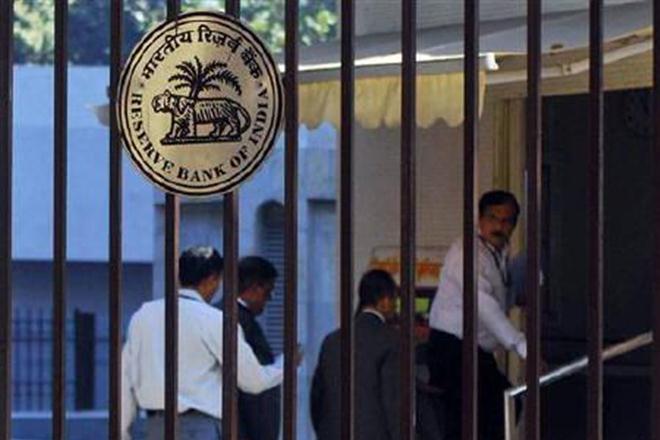The indebtedness of Indian households nearly doubled in the year to March 2018, with their financial liabilities rising 80% to Rs 6.74 lakh crore. Advances by banks to households soared 71.5% to Rs 4.3 lakh crore, reversing a four-year-long trend of declines in households’ bank borrowings, data released by the Reserve Bank of India (RBI) revealed.
Households may have borrowed less from banks between 2012-13 and 2016-17, but they accessed credit from non-banks whose loans to households rose anywhere between 3% and 9% annually. Consequently, the aggregate financial liabilities of households increased every year.

The leveraging trends reflect the aspirational lifestyles of consumers who are accessing cheap loans to buy products. For example, the share of cars at Maruti Suzuki bought by buyers taking a loan for the purchase has risen steadily to 81% in 2017-18 from a much smaller 68% in 2011-12.
Apart from the change in attitude, by which borrowing is no longer considered to be undesirable, the availability of affordable loans has also pushed up the leverage of households.
Although the ratio of household debt to GDP is estimated to have hit a high of 15.7% in March 2017, this is lower than several peer economies. The average for emerging market (EM) economies is around 39%.
Indonesia, for instance, has a per capita GDP which is twice that of India and household debt levels that are similar. However, in segments such as two-wheelers, finance penetration is in excess of 70% while that number is 35% in India, an analysis by Morgan Stanley showed.
Aided by credit histories and data analytics, banks in India have started cashing in on the propensity of consumers to borrow. India’s largest private sector bank, for instance, has disclosed that 50% of its incremental personal loans and 70% of additional loans on credit cards have been disbursed to existing customers.
In the absence of demand from corporate customers, banks have been relying on their retail franchises to grow their loan books. Outstandings on credit cards grew 32% between March 2017 and March 2018 to Rs 68,628 crore, while all loans to individuals grew 18% over the same period to Rs 19.08 lakh crore.


